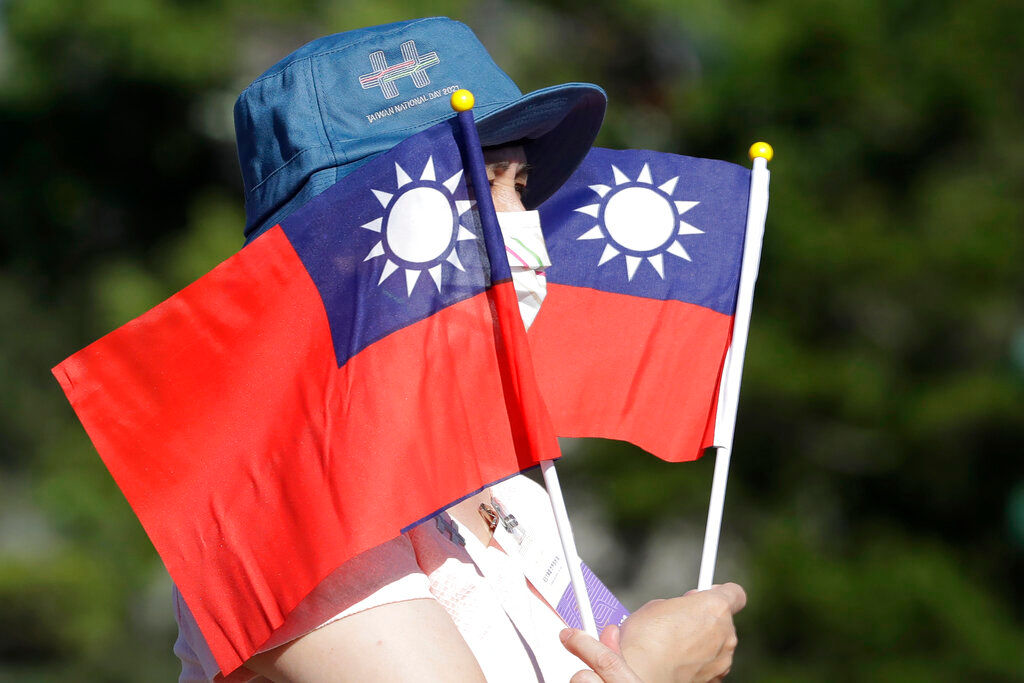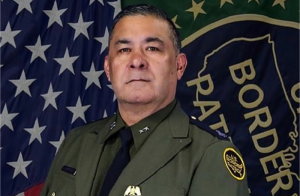Tensions between
Taiwan and China continue to rise with Taiwan requesting the United States to prepone
sending the 66F-16 Viper fighter aircrafts to boost the island’s air defense
capabilities against the threat of China. The Taiwanese governments urgency to
procure weapons comes at a time when China has significantly upped its
aggression towards the tiny island.
Also Read | As China threat looms large, Taiwan urge US to speed up delivery of F-16 fighters
According to the Taiwanese
government, China has sent more than 150 military aircrafts into Taiwan’s air defense
zone since the beginning of October. Further, China has also mounted large amphibious
landing drills on the mainland side of Taiwan Straits. Things have come to such
a point that Taiwan’s Defense Minister Chiu Kuo-Cheng said earlier this month
that Beijing might be able to launch a “full-scale” invasion of Taiwan by 2025.
Also Read | China’s hypersonic missile misses target by over 20 miles: Report
The heart of
the problem
The crux of the
tensions between China and Taiwan emanates from Beijing’s view that Taiwan is a
breakaway province from China and will eventually have to reunite with the rest
of China. To the international media, Chinese government authorities continue
to press for a “peaceful reunification”.
Also Read | Fire leaves 46 dead, dozens injured in southern Taiwan
China’s single-minded
focus on Taiwan can be understood from the fact that President Xi Jinping has
made reunification with Taiwan a stated goal of the “China Dream” of “national rejuvenation”.
History of
the troubles
For Beijing, the
Taiwan question originates in 1895, when the island was taken away from the imperial
Qing dynasty by Japan as a colony in 1895. In 1949, at the end of the Chinese
Civil War, the Kuomintang Government of the Republic of China (ROC) retreated
to Taiwan which they reclaimed at the end of the Second World War.
Also Read | Taiwan building fire: Officials set up independent commission to know the cause of accident
At the time, the
Communist Party of China declared the mainland the People’s Republic of China
(PRC). Eventually, both sides were left eyeing reunification. As of today, both
the ROC and the PRC continue to claim legitimate sovereignty over China with
Beijing threatening to “liberate” the island.
As things
stand
Until 1979, the
United States government maintained diplomatic relations with Taiwan. But later,
it switched recognition to Beijing. In switching diplomatic recognition, both
China and the US agreed to the “One China” policy.
The recent
tensions emanate from the coming in from the Tsai Ing-wen government in Taiwan.
Since coming into power in 2016, Tsai has tiptoed the acceptable bounds of the
cross-strait relationship but has never publicly embraced independence or the
1992 Consensus.
Not embracing the
1992 Consensus has angered Beijing which has in turn cut off all official lines
of communication with the Taiwanese government and has termed them
secessionists.







